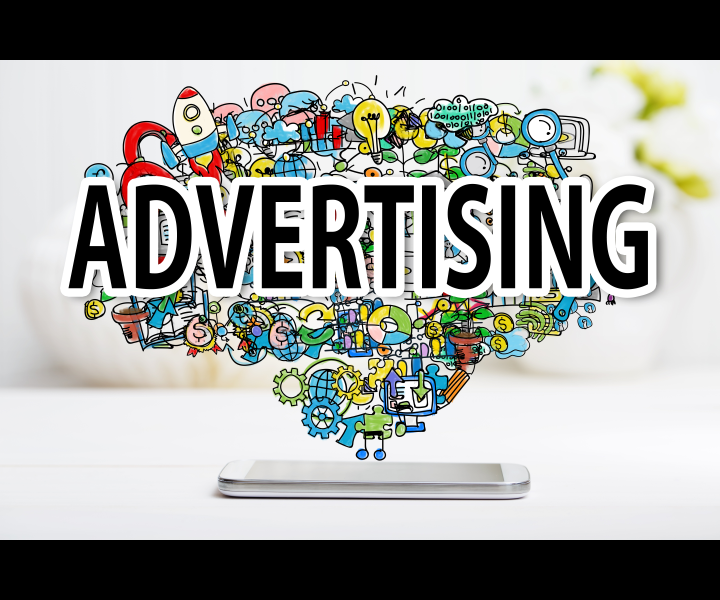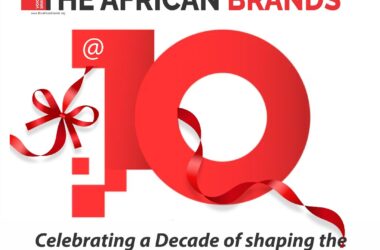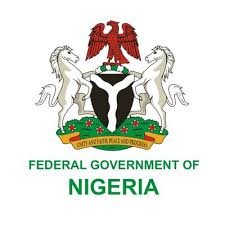The year 2020 is coming to a close with it’s challenges, and calling it a watershed of a year would be an understatement.
While there is cautious optimism and anticipation for a fresh start with 2021, it is also important to know that most things that were familiar have been changed forever or even made redundant. If the elements of disruption wreaked by the virus is anything to bye, brand handlers will continue to be anxious. Though, the vaccine promises relief but not necessarily an end to potential disruptions.
Analysts are of the view that, predicting the future feels particularly daunting after the year 2020. However, these Analysts believe that, there are trends and themes underway that they anticipate will color marketing in 2021.
So a key question for all brand handlers is: Which new customer behaviors and expectations will stick, and which will recede? Correctly answering this is integral to effective resource allocation.
Currently, there are clues to act on. Case in point: how many restaurant brands in Nigeria believe the elevated usage of home delivery will persist and are thus investing in operations which offer pickup and delivery only. Post-pandemic, business leaders must be clear-eyed in evaluating their earlier forecasts and deciding whether to continue with related priorities or adapt to unexpected realities.
Speaking on this issue, a Brands management consultant, Gbenga Alomoja said; “while the experience of disruption and the resulting anxiety has been universal, not everybody reacted the same way. The prospect of curtailing, dealing/coping with constrictions brought out very different responses across different parts of the world. And what these reactions brought into the spotlight was the role of culture and how it has shaped responses to the pandemic.
According to him, “what the pandemic has also taught us is that while we may wrest back control over the virus with the advent of vaccines, the threat of disruption is here to stay. We live in an increasingly inter-connected world where decisions can no longer be exclusively intra-community or insular. We are all conscious that volatility and vulnerability will keep increasing. This will put enormous pressure on brands to be ready to pivot on operational models as well as how they stay emotionally engaged and connected with their consumers.”
He disclosed that, “Ad spend following shoppers the pandemic-driven spike in ecommerce, and a related impact on advertising budget allocations, are both projected to continue. As Amazon, Walmart and other players have attracted more shoppers, they’ve also grown their ad sale businesses. According to eMarketer, advertising on ecommerce platforms jumped 39% in 2020 and will grow another 30% in 2021, capturing 13% of total U.S. digital ad spend.”
“measurability is helping drive this change. According to an April study from Catalyst and Kantar, advertisers believe leading ecommerce sites provide better measurability of ad ROI than many other digital ad types, including social media ads. Additionally, ecommerce sites know a lot about their customers, which is key to ad targeting without reliance on third-party cookies.” He added
Continuing, he stated that, “more brand-to-brand collaborations
Encouraged by successes like McDonald’s partnership with Travis Scott, deep-pocketed marketers will put a renewed focus on celebrity collaborations. We’ll also likely see more company-to-company partnerships, such as Adidas’ collaborations with Lego and Allbirds. Unexpected partnerships between corporate brands capture media attention, generate social buzz and allow for cross marketing to customer bases—without celebrity endorsement fees, all of which plays well in an era of hard-to-capture consumer attention and tightened budgets.”
Also speaking, a Marketing Analyst, Ibrahim Omale said; “crisis is a time when all established tenets of meaning collapse – and throw people in a void. But how can the people make meaning of this new world where things they relied on have all collapsed? In such times of uncertainty, it is culture that anchors consumers to the familiar, providing a way to make meaning out of the chaos and helping them to cope with the anxiety that arises. What does this mean for brands? He queried
According to him, ‘there are also some lessons to be learnt from the China experience of the pandemic and the role for brands. Without a deeper cultural understanding, brands may struggle to build meaningful, authentic and intuitive engagement now and in a post-COVID-19 world. Brands will need to navigate this new world – with a more demanding, more anxious and more discerning consumer. Both brands and consumers will look for that connecting core of familiarity – and culture can provide that language.”
Continuing, he said; “know the drivers and dimensions that define cultural identity for your consumers – across countries, segments and regions.
Knowing that the fundamental values do not change easily, endure through generations, it is most useful to identify the cultural profiles and clusters for the different countries. The cultural profile is captured through a comprehensive set of attributes and dimensions, based on the knowledge available through empirical models, combined with experience and knowledge across cultures. This can also afford great efficiency through cultural proxies when considering cross-border marketing initiatives.”
“understand the role that your brand can play in helping consumers cope with their uncertainty in a culturally nuanced way. While the overarching need is for reassurance, empathy and support – what this can mean, how it can be manifest can differ sharply across diverse cultures. Knowing how your brand can be culturally nuanced and locally relevant can make a huge difference to the impact and success your initiatives garner.” He added
He also pointed out that, “authenticity and simplicity in your engagement with consumers through these uncertain, evolving times will go a long way. For consumers, authenticity is the touchstone to connect to brands – and this needs to work at an intuitive and emotional level. And this will come from cultural fluency – which is a complex combination of intention, content, visuals and action – to win trust from the more vigilant and deliberative consumers.”









